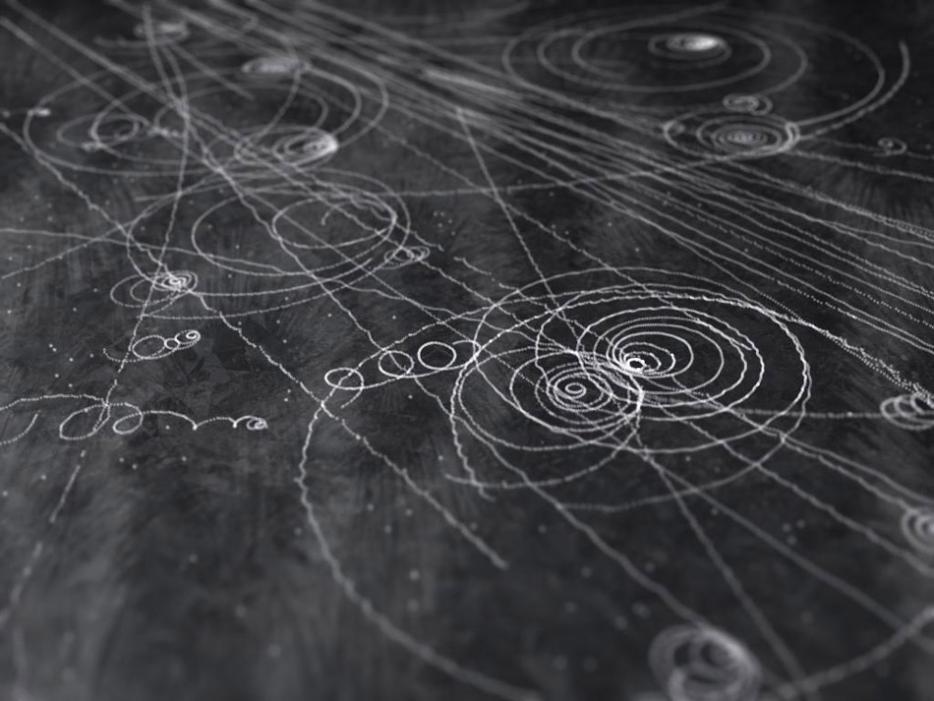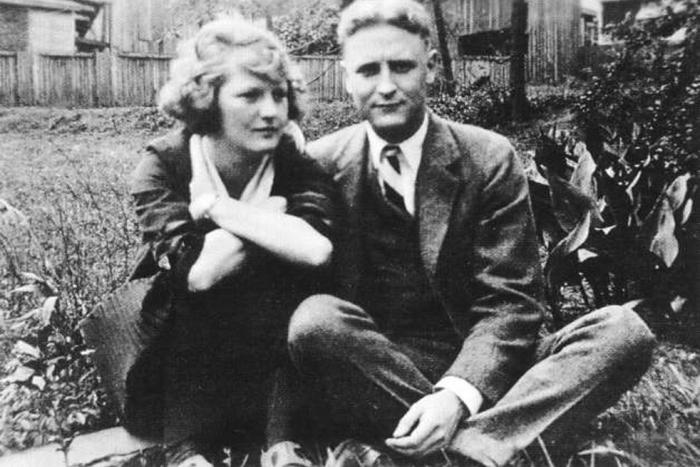There was maybe a second, during the Renaissance, when it was possible to look at some sketches of rocks, read two newspapers and a monograph, invite someone learned to your house for dinner, and essentially be up to speed with the world of science.
Now when a new scientific development comes along, it’s as though terms like “light” and “speed” and “time” are characters in a long-running foreign soap opera. They all have complicated backstories, and the multiple costume changes don’t help. At first, “time” was just a simple campesino, but then—twist!—it’s revealed that “time” and “space,” who we thought was a swashbuckling bandito, are the same person, except then—twist!—it turns out that maybe they’re twins, and because one of them was in a spaceship for a while during the third season, now the one that stayed behind and inherited the contessa’s fortune is older than he is.
The result, essentially, is that the pre-telenovela trailer—the recap at the beginning of the episode that reminds you of everything pertinent that’s happened up to now—is crucial. The telenovela we call physics has spawned a subgenre of physics trailers—what I’ve come to think of as “Previously on Physics.” The internet is littered with short videos and two-paragraph write-ups attempting to explain succinctly Einstein’s theory of special relativity. It’s a windmill every science nerd and grade three teacher seems to want to tilt at just one more time.
Einstein’s annus mirabilis, in which he published four separate papers that changed the way physicists saw space, time, and matter, was 1905. In 2005, several media outlets and science foundations ran contests for explanations of Einstein’s theory of special relativity that would make any kind of sense to an ordinary person. Einstein’s special relativity paper is called “On the Electrodynamics of Moving Bodies,” and one section invites the reader to imagine a rod:
Let there be given a stationary rigid rod; and let its length be l as measured by a measuring-rod which is also stationary. We now imagine the axis of the rod lying along the axis of x of the stationary system of co-ordinates, and that a uniform motion of parallel translation with velocity v along the axis of x in the direction of increasing x is then imparted to the rod.
Einstein, just so you know, is considered an exceptionally clear writer. However, if, like me, you only took grade 10 physics, and your teacher had a nervous breakdown halfway through the year and was replaced by a substitute gym teacher, you may not be picking up what he’s laying down here.
I watched the winning entry to one of the 2005 contests—a video contest sponsored by a tire manufacturer called Pirelli—to see whether a cute animation of a little boy named Al would make more sense. One of the main tenets of Einstein’s theory is that there is no such thing as a body being “at rest,” or stationary—everything is always moving in relation to something else. The video, by a Canadian animator named Kiran Sachdev, opens with little Al standing in a room bouncing a ball. It looks as if he’s not moving, but if you click on the curtains on a window behind him, they part to reveal a moving landscape of mountains and water—little Al is in fact on a train. The experience of standing still is illusory, since even if you were standing still on the embankment outside the train, you would still be standing on Earth which is currently whizzing past the sun.
Then there’s Einstein’s claim that because everything is moving, no one can ever tell whether two things are happening at the same time—without absolute rest, there is no simultaneity. Here’s how he explains it:
We imagine further that at the two ends A and B of the rod, clocks are placed which synchronize with the clocks of the stationary system... Let a ray of light depart from A at the time ta, let it be reflected at B at the time tb , and reach A again at the time t’a... Observers moving with the moving rod would thus find that the two clocks were not synchronous, while observers in the stationary system would declare the clocks to be synchronous.
I’m not sure why Einstein thought a rod with clocks on it was going to be easy to picture. The best “Previously on Physics” I saw for this wasn’t part of any contest; it was a Youtube clip called “Relativity in Five Minutes,” by a guy named Gal Barak. In this clip, a rocket ship is travelling at close to the speed of light when lightning strikes both its back and its front ends. Because the person inside the rocket ship is travelling forwards, he sees the light from the front first, and the light from the back has to chase him. He experiences the event as if lightning hit the front of the ship and then the back, rather than hitting both at once. If his own motion were different, he would see a different order of events.
The upshot of all of this—the point that Einstein made in 1905 and that we are still making animated children to try to help us wrap our minds around today—is that there is no objectively real “now.” The present and the future become measurements of motion in space, which also means that rather than one happening and then the other happening, they’re both there the whole time. Or, as the pithy mathematician Hermann Weyl wrote, “The objective world simply is, it does not happen. Only to the gaze of my consciousness, crawling upward along the world line of my body, does a section of the world come to life as a fleeting image in space which continuously changes in time.”
If you’ve managed to wrap your mind around that—the idea that the past, present, and future all exist at once and are therefore immutable and hence there are no surprises and also, by the way, logically no free will—welcome to the current episode, in which we posit that—twist!—time does exist. Lee Smolin’s Time Reborn: From the Crisis in Physics to the Future of the Universe claims that now is real, the future hasn’t happened yet, and there are genuinely new things under the sun. The contessa and her daughter weren’t blackmailing the duke at all, or at least, not with the secret we thought he had. The duke’s mad wife was the sane one the whole time.






